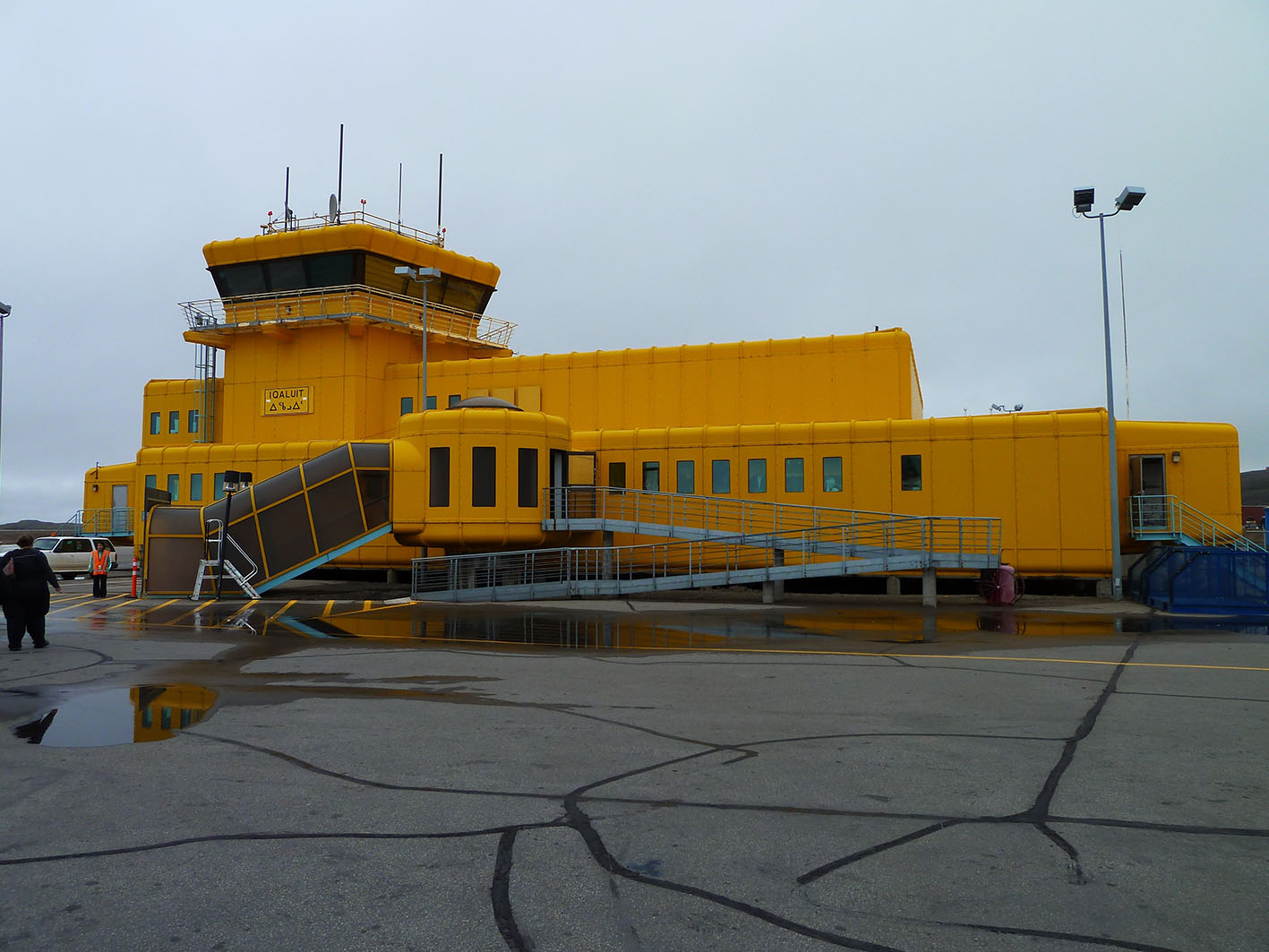Iqaluit, the capital city of Nunavut, stands as a remarkable representation of Canada’s northern heritage and culture.
Geographically situated on Baffin Island, Iqaluit is distinguished by its unique Arctic landscape, characterized by rugged terrain and striking natural beauty. This city is not only a vital political and administrative center for Nunavut but also serves as a cultural hub that encapsulates the rich history and traditions of the Indigenous Inuit community.
The significance of Iqaluit in Canada extends beyond its administrative roles; it is a focal point for governance, economy, and education in the vast Arctic region. As the largest community in Nunavut, Iqaluit plays a crucial role in facilitating trade, providing essential services, and acting as a gateway for visitors eager to explore the northern wilderness. The distinction of being the capital is complemented by the city’s modern infrastructure, including educational institutions and healthcare facilities that cater to a diverse population.
Culturally, Iqaluit is steeped in the traditions and practices of its Indigenous inhabitants. The city is a testament to the resilience and adaptability of the Inuit people, who have thrived in this unique environment for generations. Visitors to Iqaluit are often captivated by the vibrant expressions of Inuit culture found in local art, music, and festivals. The blend of contemporary influences with traditional practices creates a dynamic cultural scene that is both engaging and enriching for residents and travelers alike.
Iqaluit
Community Highlights

A mixture of cultures
The capital of Nunavut, Iqaluit is home to a mix of cultural groups. The majority of residents (over 55 percent) are Inuit, while there are a large numbers of Canadians of European descent as well. Over 10 percent of Iqaluit's residents are of African and Asian descent.

Transportation hub of Nunavut
While it isn't accessible by highway due to its remote location, Iqaluit is serviced by a number of airlines at its modern airport. While cars and trucks are used within the city limits, the preferred mode of transportation in Iqaluit is generally the snowmobile and all-terrain vehicles.

Nature and History Nearby
For those interested in the history of the Iqaluit area, artifacts from the Thule peoples can be found at Qaummaarviit Territorial Park. For those looking for nature, there is nearby Sylvia Grinnell Territorial Park. Caribou, Arctic foxes and other native wildlife can be seen here in their natural habitat.

